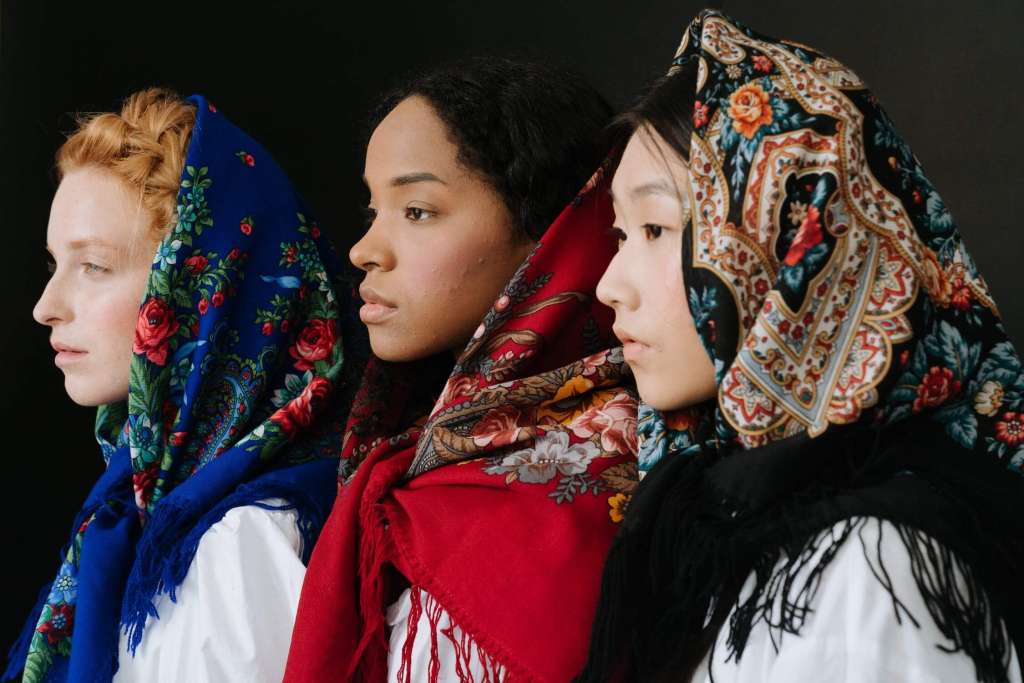Donning a cultural dress is a great way to showcase your personal style, but it comes with a lot of responsibility. From the colors and textures to patterns and ethnicities, there are many factors to consider when buying cultural clothing.
Patterns
If you’re a budding dressmaker looking for your next big project, you’ll want to make sure you pick up the best of the bunch. Luckily, it’s not too difficult to do. After all, you don’t need to go to the store to find a good pattern. This article will tell you what to look for in a pattern, and how to make a smart purchase.
First, you’ll want to read the instructions. They should be accompanied by photographs and illustrations. Make sure you also follow the pattern’s layout. You might want to use the pattern’s guidelines when it comes to lining up the pieces.
Next, you’ll want to cut the pattern. There are several ways to do this, but the simplest is to fold it in half and snip the corners. It will save you the hassle of slicing through a full-sized pattern.
Finally, you’ll want to check out the pattern’s website. This site is a free source of clothing pattern inspiration. While it might not have as many fancy patterns as some of the big players, you’ll still find a plethora of designs on the go. The site also boasts a slew of tutorials.
In the end, it’s all about finding the best fit for your needs. Take your time, and you’ll get the clothes you’re looking for. Plus, if you do your homework, you might even find a deal or two. For instance, you’ll be able to get a great costume for a fraction of the price.
The above-mentioned tidbits are just the tip of the iceberg. There are hundreds of websites dedicated to selling vintage costume swag and making it look brand new.

Textures
Choosing the right cultural clothing textures can make or break a look. Mixing textures can create a unique and cohesive outfit. From silk and denim to lace and wool, finding the right texture will help you achieve a look that is perfect for your style.
The first clothing types were made from animal skins or vegetation. These types of clothing were created to protect the wearer from the elements. As time went on, they evolved into designs for the fashion minded.
Besides the aesthetic, there are two major components that determine the texture of a piece of clothing. The yarn used to make the fabric, and the method of joining the fibers together, have a huge impact on the texture.
One of the most common textiles is cotton. This fabric is very popular for summer clothes. It has a cool feel to it and can be layered with other textures.
Another popular texture is ribbed fabric. This material has a substantial structure, which is perfect for modern design. Cotton, rayon, and silk are all good choices for ribbed fabric.
A clingy texture will highlight irregularities on the surface of the fabric, while a soft one will add weight and comfort to the wearer.
Using texture is a vital part of building a skill set, so there are resources available to help Second Life builders. Texturing resources include tutorials, software, and packs of textures. Creating a multifaceted ensemble can be achieved by pairing the most appropriate fabric textures with the most appropriate patterns.
If you’re wearing a summer dress, it’s probably a good idea to go with something lighter in texture. You can pair a satin tank with jeans or a plaid flannel shirt with a black leather jacket.
Colors
The color of cultural clothing has a powerful symbolic meaning. It reflects different periods of dynasties, historical events, and cultural activities. Colors can also have spiritual, linguistic, and political associations. These meanings vary from culture to culture and religion to religion.
Red symbolizes passion and anger. Green is the color of nature and nature causes. Purple represents royalty and honor. Yellow is associated with wisdom. Blue symbolizes peace and calmness. Darker greens are also associated with purity, power, and new life.
Pink is associated with childhood, sweetness, and fun. In India, blue is associated with good luck and healing. White symbolizes death and misfortune in many cultures.
Brown is associated with earth and comfort in the Middle East. Darker greens are associated with power, money, and cleanliness. Orange is associated with love and happiness.
Yellow is considered the color of the ruling class in Asian and Eastern cultures. White flowers are often placed at grave sites. Other colors have less common associations. For instance, dark reds are often associated with death, while white and orange are used to promote health and healing.
Blue symbolizes authority and confidence in Europe. Purple is associated with wisdom and wealth in the United States. Red and white are colors of religion in Mexico and some Latin American nations.
Orange has positive associations in the Middle East. It is a warm color and is a symbol of harvest in the United States. When used in combination with other colors, red and orange are associated with danger.
In Western cultures, blue is associated with sincerity and trust. In the United States, purple is associated with royalty and wealth. Often the color is used as a building block.
Ethnocentrism
Ethnocentrism is a tendency to look at one culture and compare it to other cultures. It can be associated with racism and discrimination. Often, it shows up in preference for services and products from certain countries.
Ethnocentrism has also been known to lead to misinformation about other cultures. For example, the Spanish Inquisition is a common example of religious ethnocentrism. During the Inquisition, Catholicism was deemed to be the “true religion” and other religions were considered heretics.
People who are ethnocentric usually have the greatest knowledge of their own culture. They believe that it is the best and that it is “right.” This leads to negative feelings toward members of other cultures.
The best way to overcome ethnocentrism is to find the root of the bias. By doing this, you will be able to decide whether the approach you are taking is reasonable. You can use reasoning and logic to help you make your decision.
One of the best ways to overcome ethnocentrism is to stay open-minded. This is important because if you make uninformed judgments, you will have terrible consequences.
A person who is ethnocentric may judge the clothing of people from other cultures. They might say that their style of clothing is superior to others. Or they might say that it’s strange to wear traditional clothing from other cultures.
While it’s important to be proud of your ethnicity, being overly ethnocentric can be a bad idea. Having a sense of pride doesn’t mean you have to hurt other people. Instead, you can show them that you are proud of your culture and are comfortable with your skin.
Unlike other types of bias, ethnocentrism isn’t always related to racism. It can occur to anyone, from a person who lives alone to a group of people who live in a society.










